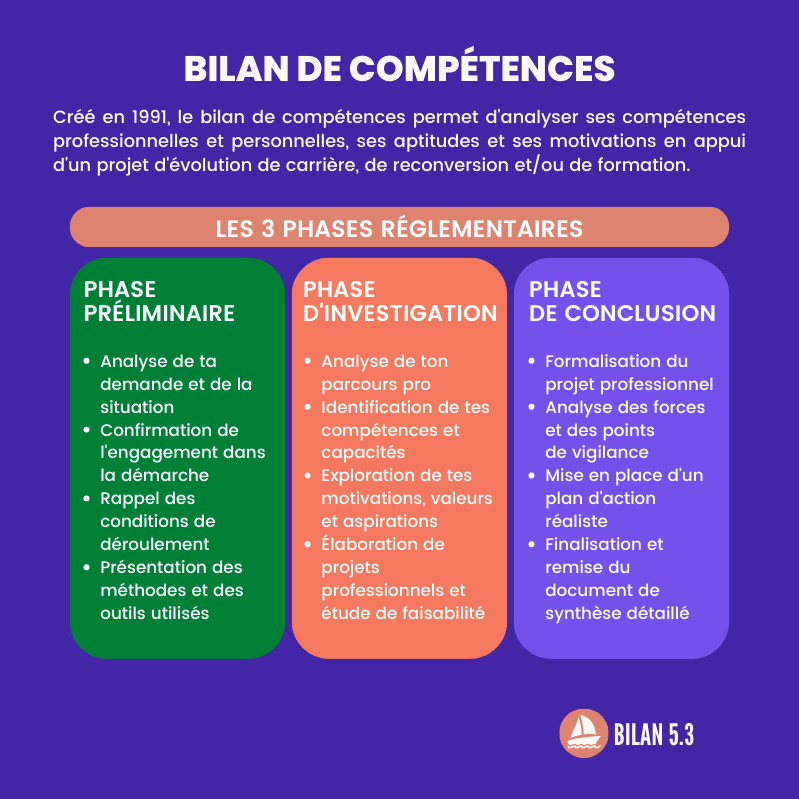Hundreds of samples of viruses that can be fatal to humans, including Hendra, hantavirus and lyssavirus, which cause rabies, have disappeared from a laboratory in Australia.

- Samples of viruses that could be fatal to humans have disappeared from a laboratory in Australia.
- Several vials are affected, of which nearly 100 contain the Hendra virus, 223 the lyssavirus and 2 the hantavirus.
- The disappearance, which dates from 2021, was only discovered in 2023 and, according to the authorities, does not represent any danger to humans because the samples degrade when they are not stored at low temperature.
Hendra, hantavirus and lyssavirus… Here are the names of the three “lost” viruses in Australia. In total, 323 vials are affected. In detail, 98 contain the Hendra virus223 the lyssavirus and 2 the hantavirus. These three pathogens can be fatal in humans.
Virus samples disappeared from a laboratory in 2021
THE government press release which announces the disappearance of these bottles was published on December 9 by the Australian state of Queensland. However, the facts date back to 2021… But the discovery of “this major historical violation of biosecurity protocols” was not made until August 2023.
Indeed, the leaking of vials containing viruses is a fault. Especially when it concerns a laboratory which provides, as is the case here, “diagnostic, monitoring and research services for medically important viruses, mosquito- and tick-borne pathogens”. In other words, viruses dangerous for humans. An investigation was opened to identify the flaw and find out what happened to the samples.
Dangerous and deadly viruses, one of which causes rabies
According to the World Health Organization (WHO), Hendra virus causes a serious and often fatal disease in humans and horses. It is a zoonosis, that is to say a pathology which can be transmitted to humans by animals. In 2017, it was already in Queensland that a first case of Hendra virus infection in a horse had been recorded.
THE lyssavirus is a type of virus from the family of Rhabdoviridae. Currently, according to the Pasteur Institutethere exists “14 species of viruses within the genus Lyssavirus, infecting a wide range of mammalian species. In humans, the number of deaths due to just one of these viral species (RABV, responsible for rabies) is estimated at around 59,000 per year. Six other lyssavirus species lethally infect humans”.
Finally, hantaviruses, the last to be affected by this disappearance, are from the family of Bunyaviridae. They are mainly transmitted to humans by rodents. When a human is infected, they can have two types of infections, varying in severity but sometimes fatal depending on Public health France :
- Renal syndrome hemorrhagic fevers (HRSF) in Europe and Asia.
- Hantavirus cardiopulmonary syndrome (CPHS) on the American continent.
Does the leak of these samples represent a danger? No, according to the press release, because the samples “would degrade very quickly outside of a low temperature freezer and become non-infectious”.















